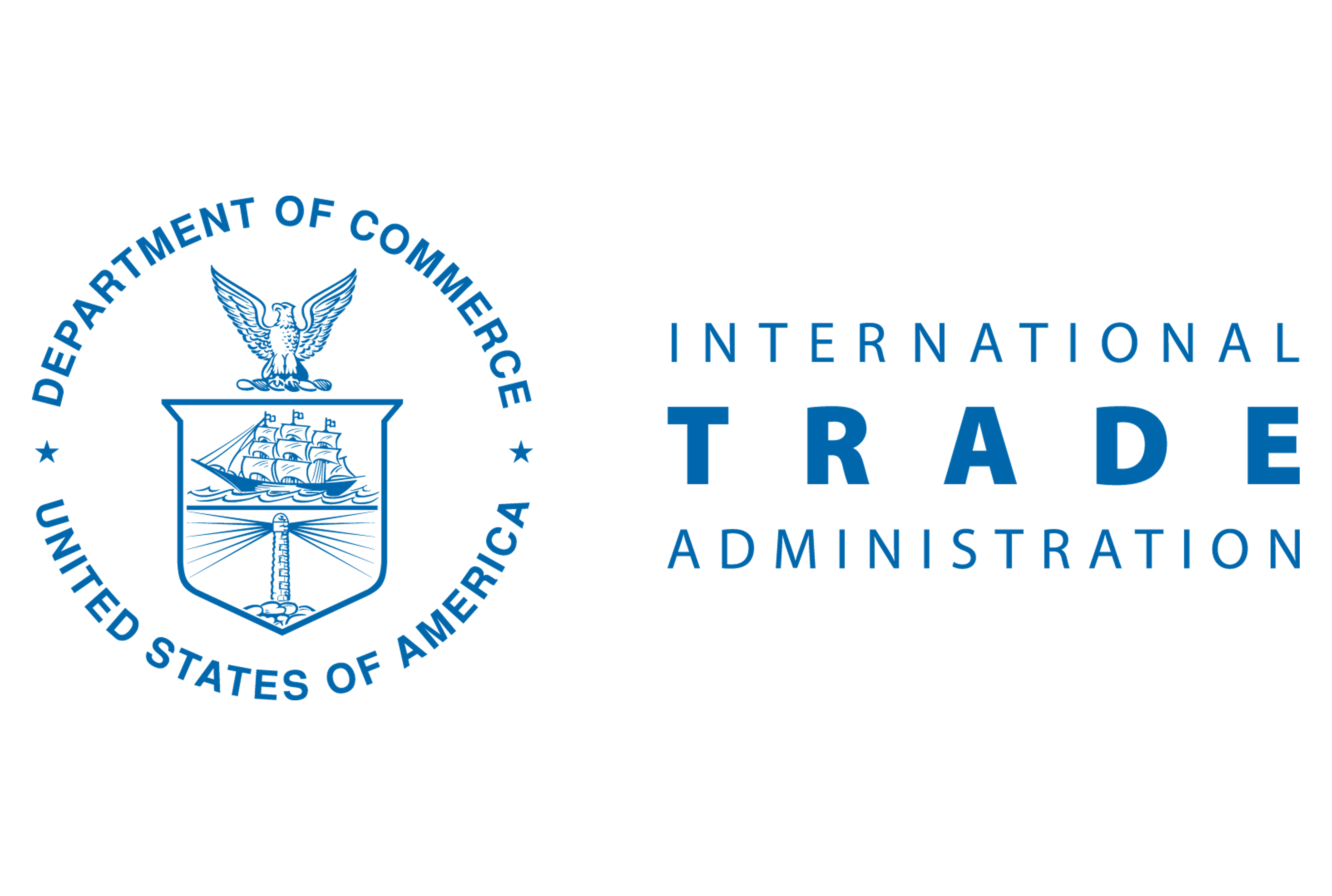Analysis

March 27, 2020
Final Thoughts
Written by Tim Triplett
John Packard is taking some time off…
By most readings of the government guidelines, steel is considered an “essential” industry during this virus crisis. Mills that produce steel products, and by extension service centers that distribute them, are critical to getting the economy back on track. For some steel-consuming sectors, however, their “essentialness” may be open to interpretation. Steel suppliers and steel users need to stick together to make sure decision-makers on the state and local levels understand all the essential functions provided by our collective industry.
The U.S. Department of Homeland Security and the Cybersecurity and Infrastructure Security Agency (CISA) have posted guidelines identifying essential businesses and essential workers at www.cisa.gov/coronavirus.
Visitors to the CISA site will find that Primary Metal Manufacturing is considered part of the Critical Manufacturing Sector, along with Machinery Manufacturing; Electrical Equipment, Appliance and Component Manufacturing; and Transportation Equipment Manufacturing. Metals processing and distribution are essential parts of that supply chain. Steel and steel parts are critical to the continued functioning of transportation, energy, infrastructure, defense and certain types of manufacturing. Steel goes into medical construction, hospital beds, surgical instruments, respirators and other equipment needed to treat the growing number of coronavirus patients. Don’t let any bureaucrat tell you your company needs to shut down,
Another good source of information on the coronavirus is the American Iron and Steel Institute’s Resources for Coronavirus/COVID-19 page, which includes articles and links to various agencies across the country.
Many workers are fortunate to be employed in an essential industry like steel. Some, however, have received the unfortunate news that they are being laid off as their companies cut back due to canceled orders and lost sales. See “Steel Cancellations the Order of the Day” elsewhere in this issue for service center executives’ comments on the state of their businesses.
CISA’s list of essential workers actually dates back more than a decade to the President’s National Infrastructure Advisory Council in 2007 which was considering how to react to a different but similar threat.
This November 2005 comment by Department of Health and Human Services Secretary Michael Leavitt was certainly prescient: “Some will say this discussion of the Avian Flu is an overreaction. Some may say, ‘Did we cry wolf?’ The reality is if the H5N1 virus does not trigger pandemic flu, there will be another virus that will.”
Fully employed or not, we all have one truly essential job—to do our part to stem the spread of today’s virus.
Steel Market Update is still accepting registrations for the 2020 SMU Steel Summit, set for Aug. 24-26 in Atlanta, which has not been canceled. You can register by clicking here or by going to www.SteelMarketUpdate.com/Events/Steel-Summit.
As always, your business is truly appreciated by all of us here at Steel Market Update.
Tim Triplett, Executive Editor







